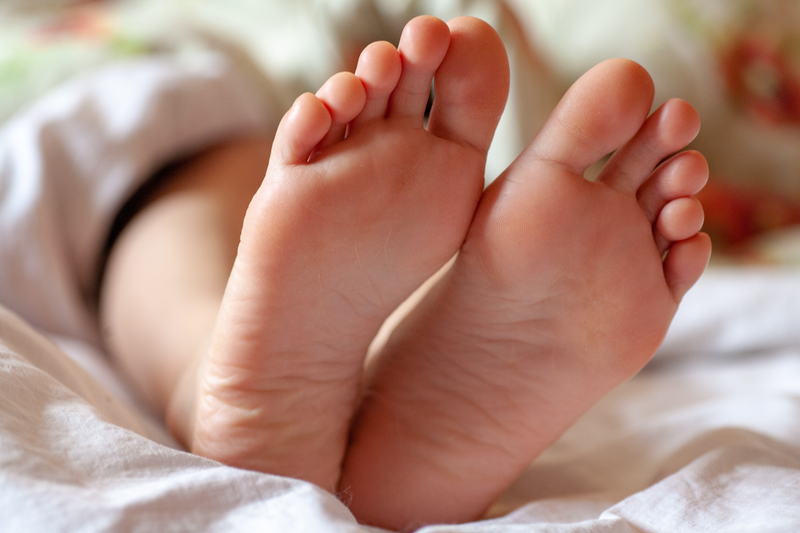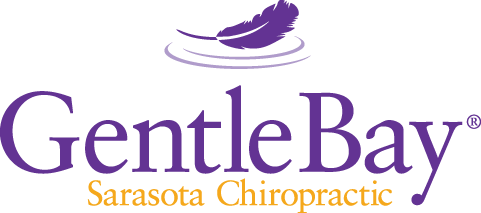by Dr. Eric Winder (the original version was published in Natural Awakenings May 2021 issue, Sarasota-Manatee edition)
Neuropathy of the feet or hands can range from mild to severely limiting for life activities, and it can even cause safety issues. Typical medical treatment gives limited options to treat this condition of nerve damage. At our office however, we see tremendous improvements in most cases by using low-level laser therapy and fascia release techniques. For many patients. there are improvements in symptoms after just the first or second treatment.

In most cases, neuropathy involves a combination of numbness, tingling or pain. It has many different causes, but the most common neuropathy stems from diabetes. This is caused by chemical changes from high blood sugar, but researchers cannot explain why some diabetics with well-controlled sugar experience neuropathy, while others with higher blood sugar levels do not. The other two most common types of neuropathy I see in my practice are chemotherapy-induced neuropathy and idiopathic (cause unknown) neuropathy. There are many other types, but those tend to be much less common.
Improved Treatment
While our current protocols help over 90 percent of neuropathy patients, this was not always the case. We helped many people to improve their symptoms, but our overall success rate was closer to 60 percent, and took longer to see results. However, by adding in a new type of fascia release therapy that we had not used before, we are now able to help almost all of our patients with the three most common neuropathy types listed above, with quicker response to treatment.
Fascia is the sheet-like connective tissue that covers other tissues, including muscles and joints. The new fascia therapy technique we added to neuropathy treatment focuses on treating restrictions in the superficial fascia, located just under the skin. This particular fascia is the connective tissue that joins the skin to the muscles underneath, while also allowing the skin to flex and move. It is rich in nerve endings of the autonomic (sympathetic and parasympathetic) nervous system, which may be why treating superficial fascia is so helpful in treating neuropathy. We added this new treatment to our typical muscle and joint fascia release therapy for specifically for neuropathy patients. To complete each treatment, we use low-level laser therapy in the infrared wavelengths, applied to areas of neuropathy pain and numbness. This therapeutic laser treatment promotes increased energy production and metabolism in the injured nerve cells.
Success for Marilyn
A patient whom I will refer to as Marilyn is a prime example of the success of using this protocol. Her diabetes had caused painful numbness in her feet that was severe enough to cause poor balance. She carried a cane with her for reassurance, and had greatly reduced her activities such as beach walks and even shopping due to worries about falling. The pain in her feet would often wake her at night, and had been getting worse over several years.
As with all of my neuropathy patients, I tested her sensation perception in her feet. A sharp point felt dull to her on the arches and balls of her feet, and Marilyn could feel nothing at all on the pads of her toes. After one treatment at our office, she felt better balance on her feet. After two treatments, she began to feel dull sensation in her toe pads.
After the third treatment, she could feel the sharpness of a pointed object pressed against her arches, and her balance improved enough to elicit confidence in walking without her cane. After two months of treatment, Marilyn enjoyed beach walks again, and was able to sleep through the night without pain. While her feet are still slightly numb, we are able to maintain her improvements with just occasional treatment visits.
Getting Relief
It is truly exciting to see the consistent results that neuropathy patients can experience with this combination of fascia release therapies and low-level laser therapy. Medications often help the pain of neuropathy but not the loss of sensation and balance. Neuropathy medications also often have strong side-effects, and I have treated many patients who are not able to tolerate taking them. Fortunately, there is a very safe, non-invasive and non-drug approach that works effectively for most people, and I am thrilled to help patients get relief with such a difficult problem.
I recommend that anyone with persistent neuropathy consider calling our office to schedule a consultation and exam. New patients will be interviewed for a detailed history of their health and particular details about the development of their neuropathy symptoms, along with review of any prior neurological testing. A thorough exam will then evaluate for sensation and muscle tone and function in the symptom area, along with general orthopedic and neurological tests and a complete assessment for fascia restriction. Those who are good candidates for treatment will be given a clear plan of treatment, along with the expected level of improvement.
For those who start care, progress is measured by improvements in sensation, balance and muscle strength, as well as decreases in pain. Treatment starts with fascia release therapy and low level therapeutic laser (which is pleasantly warm and is NOT a surgical laser). Eventually specialized stretching as well as balance and strengthening exercises may be added in as needed and as nerve function improves. To schedule an appointment or for more info, call GentleBay Sarasota Chiropractic at (941) 957-8390.



